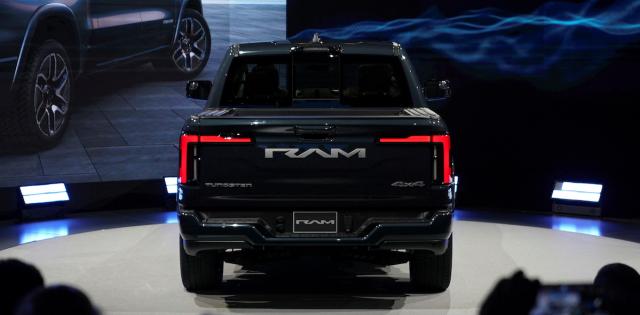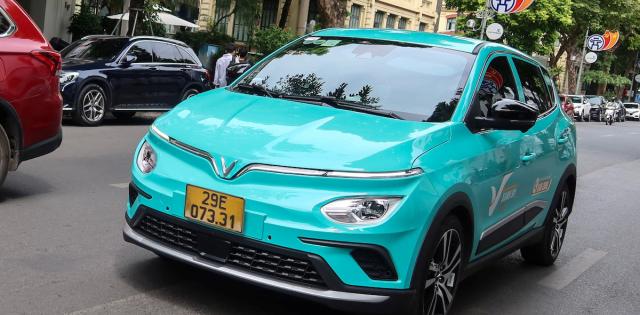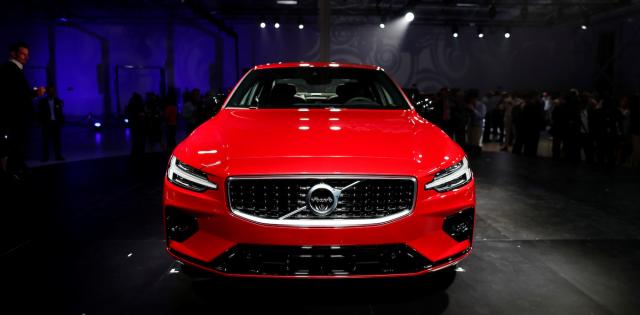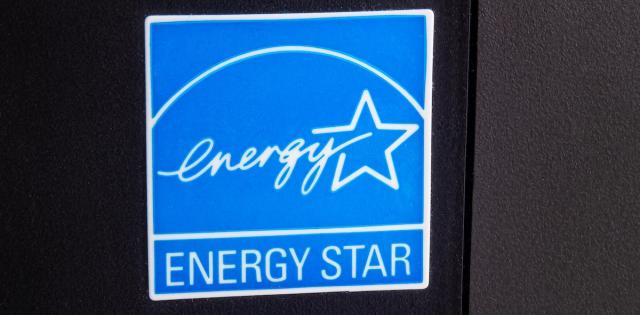New light-vehicle sales in August continued to decline amid still-shrinking inventory on dealer lots. Sales in August totaled a SAAR of 13.1 million units, the lowest level since June 2020’s 13 million. August’s sales rate reduced the year-to-date SAAR to 16.1 million units from 16.5 million last month. August began with record-low inventory levels, and by month’s end total inventory had fallen an additional 5.2% for a new record low of 1.06 million units. Given the continuing announcements of plant shutdowns throughout the industry, sales for the rest of the year will likely be limited by these inventory constraints.
As has been the case for several months, manufacturers continued to prioritize delivery of their limited inventory to retail customers over fleet customers. Fleet sales are expected to account for just 10% of August’s sales. According to J.D. Power, average transaction prices in August will likely top $41,000 for the first time ever. Prices have crept up due to limited inventory and falling manufacturer incentives. Average incentive spending per unit is expected to be $1,823, a record low for the month of August and down by $2,132 from August 2020. New-vehicle consumers facing these higher prices have benefited from low interest rates and very high trade-in values. In August 2021 average trade-in values were up 70% compared with August 2020, says J.D. Power.
Optimism for vehicle production to turn a corner before the end of the year continues to fade. According to IHS Markit, the North American light-vehicle production forecast has been cut by several hundred thousand units to 13.9 million vehicles. It’s still unclear exactly when manufacturers will be able to produce enough vehicles to meet current market demand and begin to build back inventory levels from current historical lows. Unfortunately, given the recent production-cut announcements for September and other ongoing supply chain disruptions, we expect little change to inventory levels next month.













